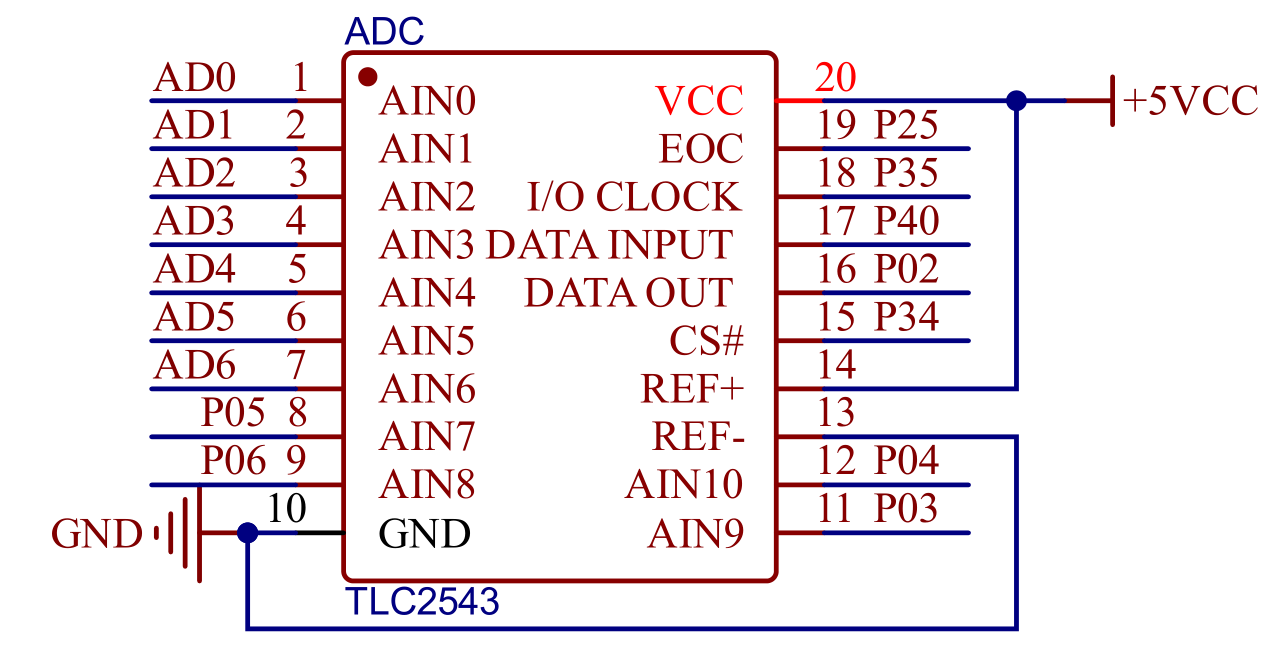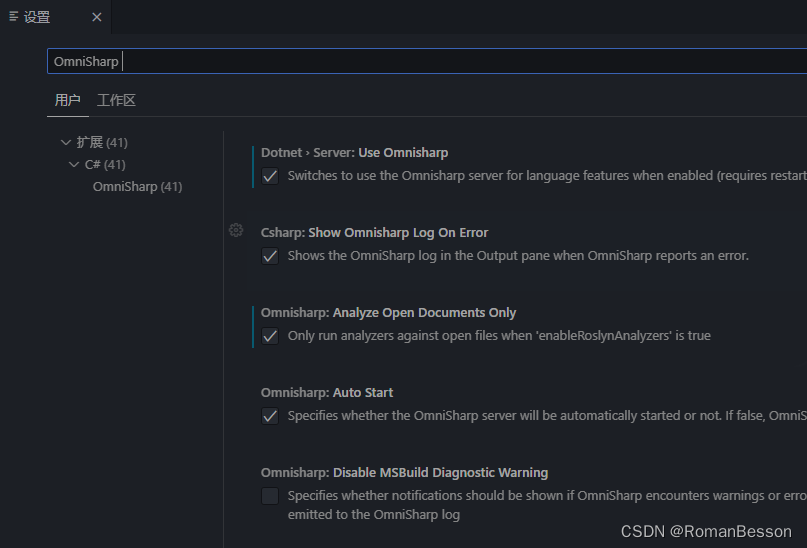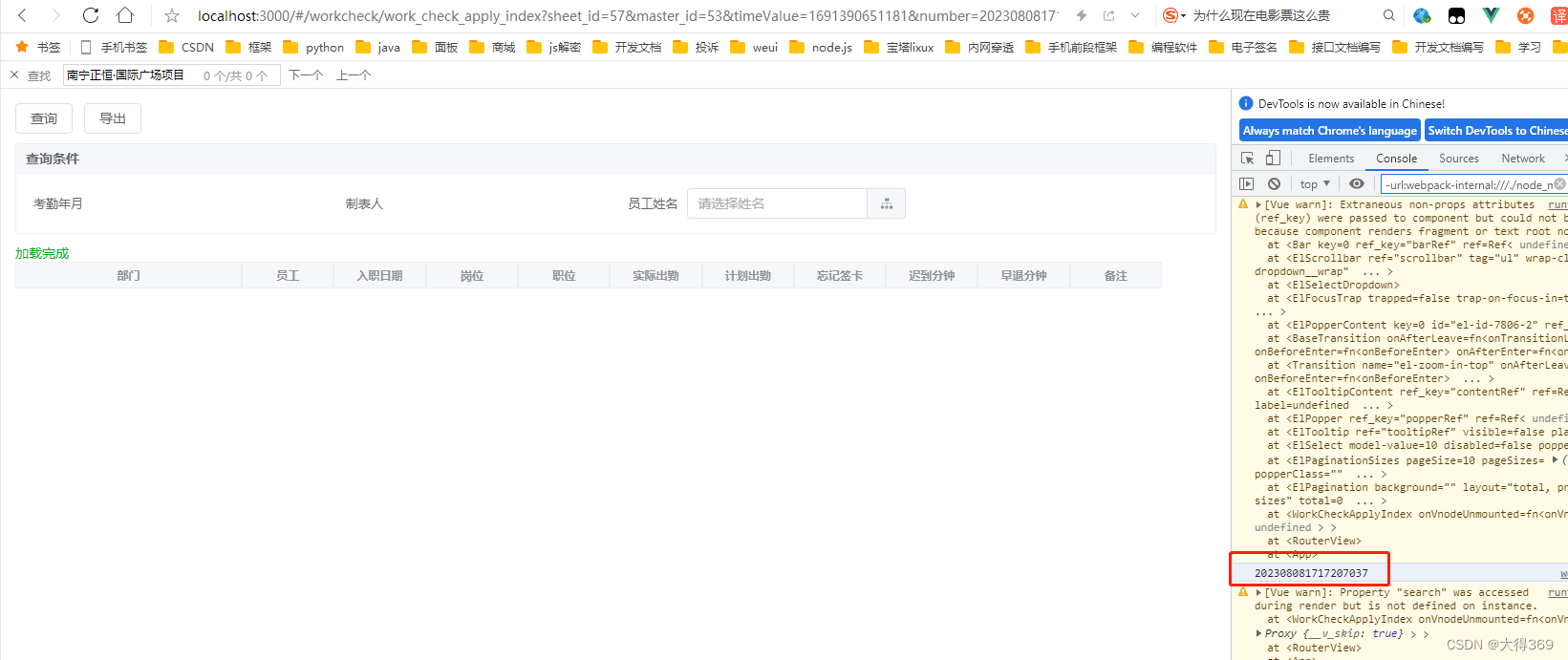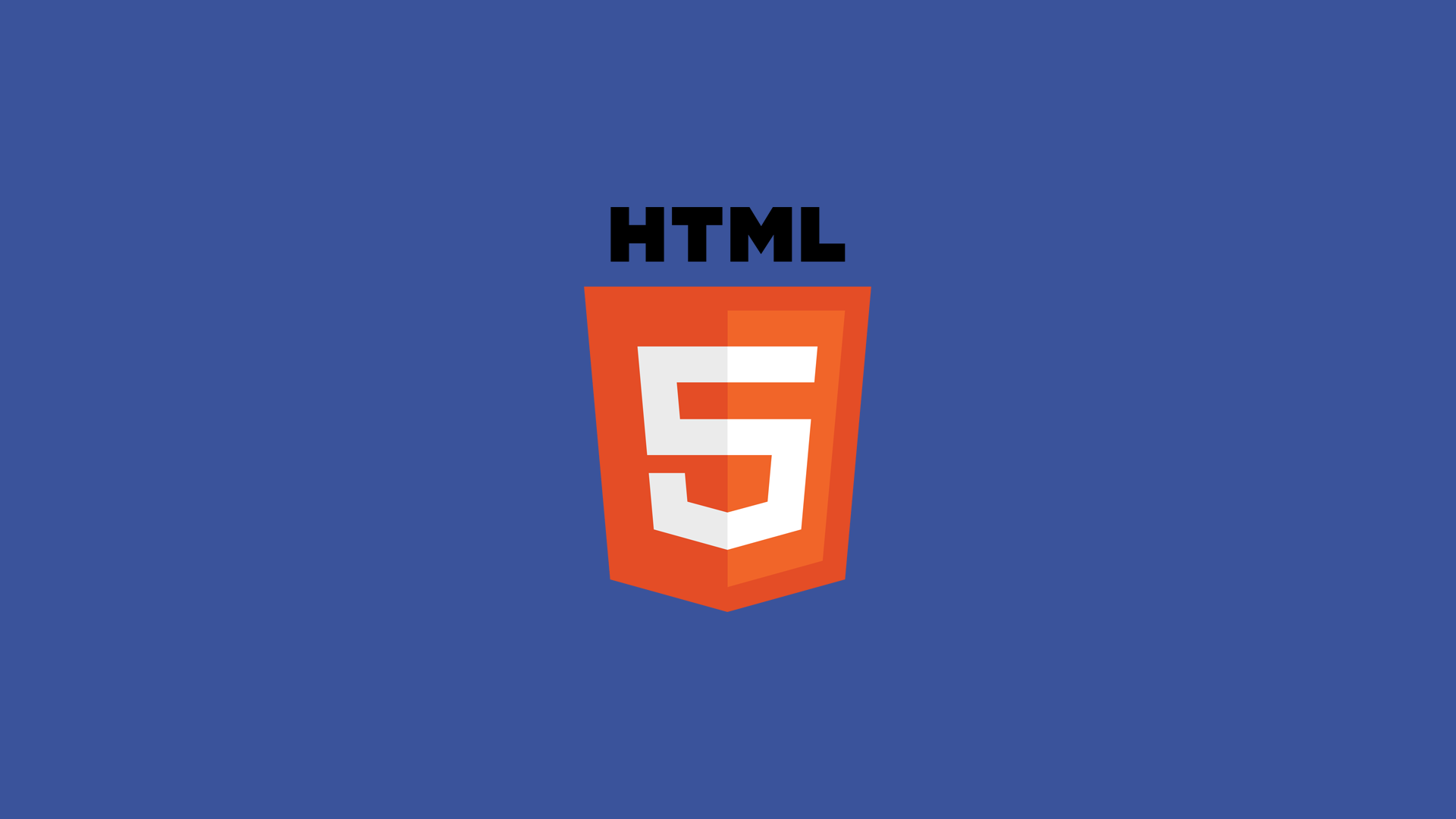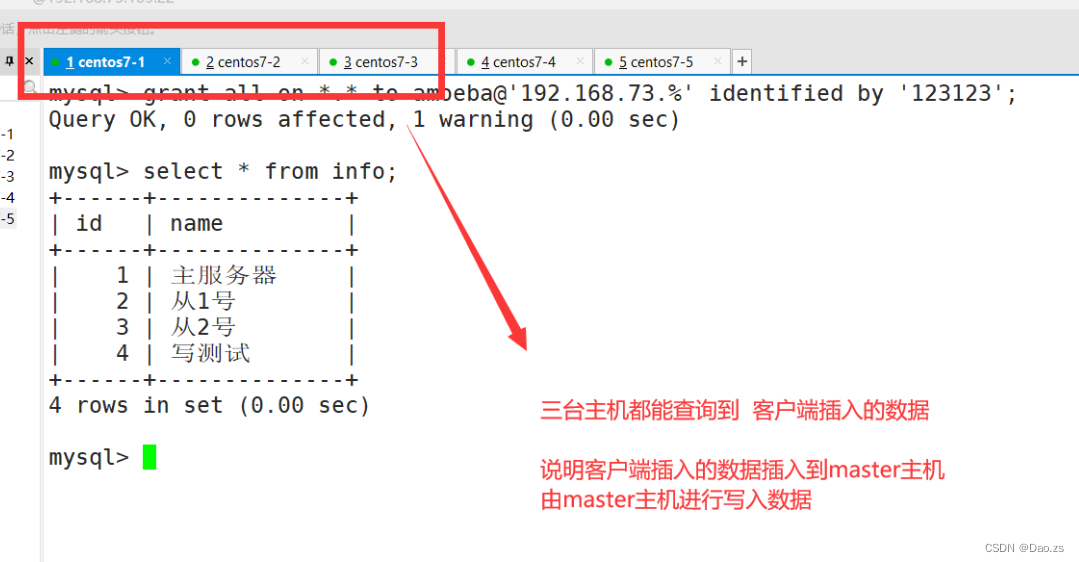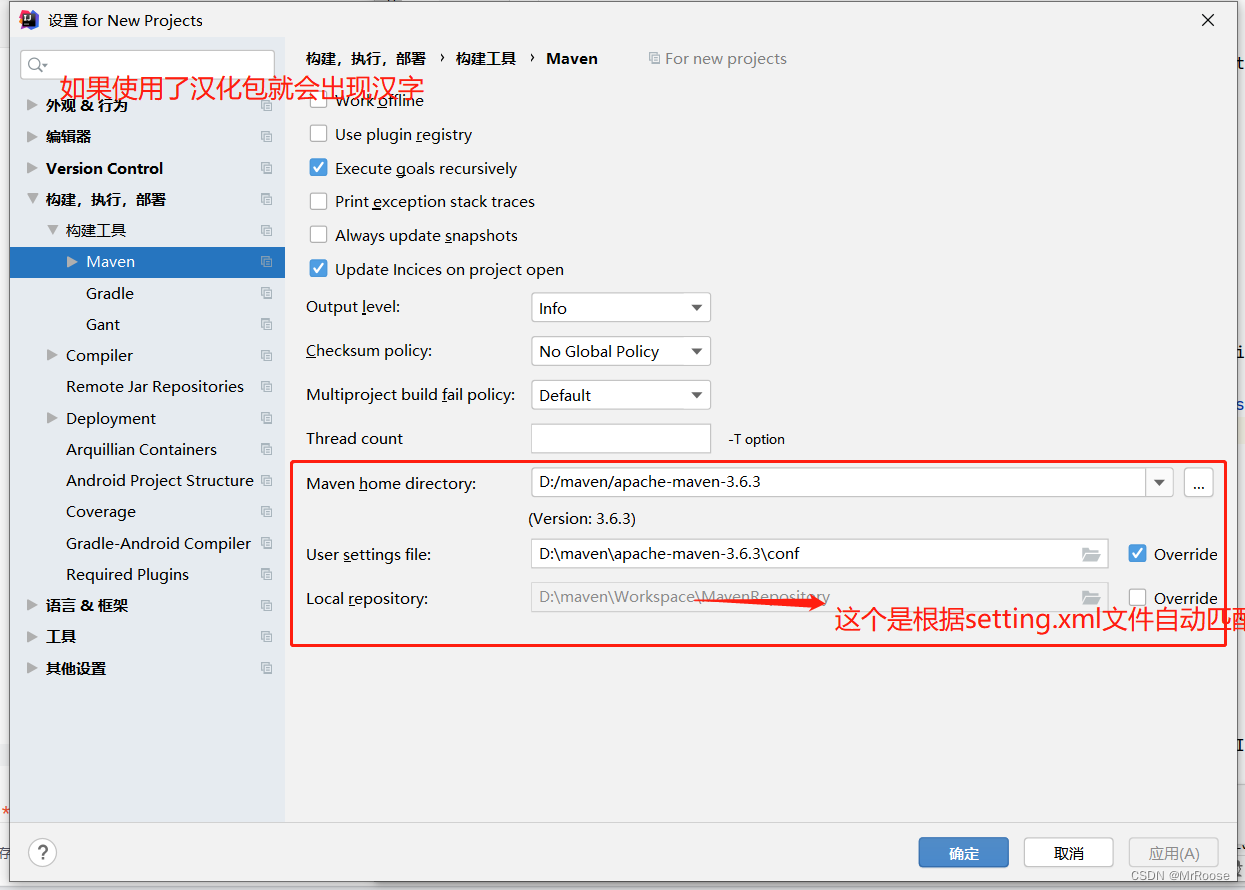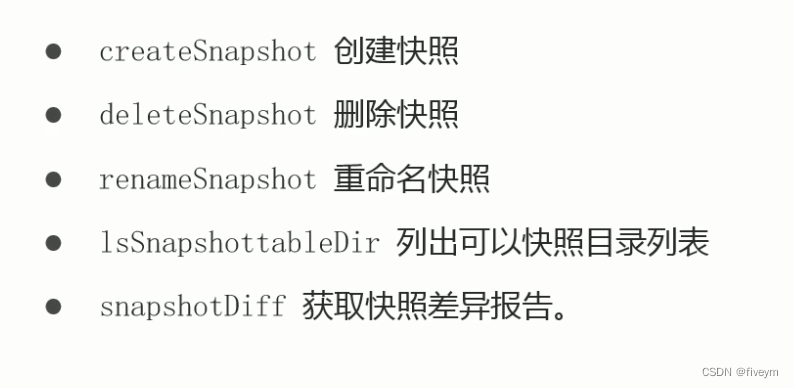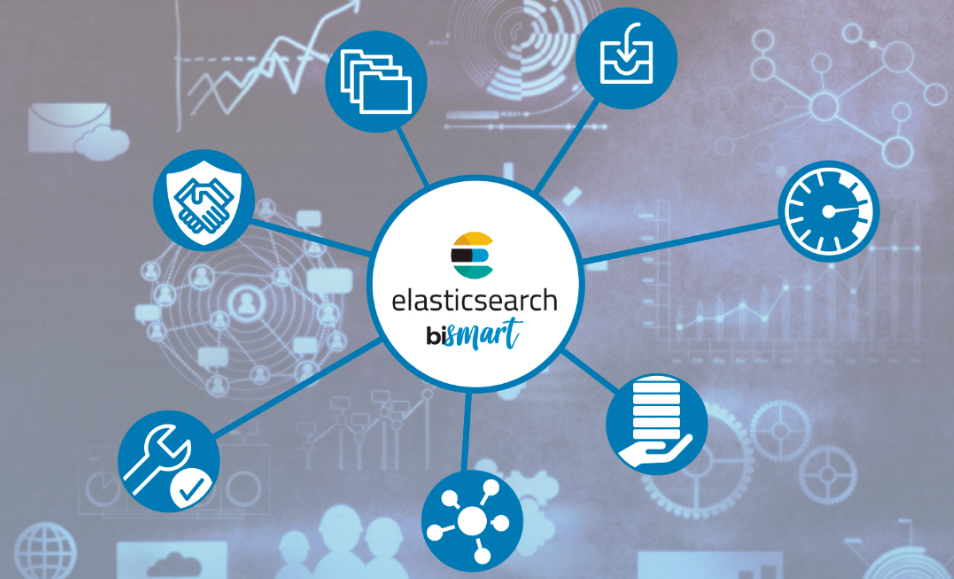这里写自定义目录标题
- 欢迎使用Markdown编辑器
- 新的改变
- 功能快捷键
- 合理的创建标题,有助于目录的生成
- 如何改变文本的样式
- 插入链接与图片
- 如何插入一段漂亮的代码片
- 生成一个适合你的列表
- 创建一个表格
- 设定内容居中、居左、居右
- SmartyPants
- 创建一个自定义列表
- 如何创建一个注脚
- 注释也是必不可少的
- KaTeX数学公式
- 新的甘特图功能,丰富你的文章
- UML 图表
- FLowchart流程图
- 导出与导入
- 导出
- 导入
annotations.proto文件配置
// Copyright 2015 Google LLC
//
// Licensed under the Apache License, Version 2.0 (the "License");
// you may not use this file except in compliance with the License.
// You may obtain a copy of the License at
//
// http://www.apache.org/licenses/LICENSE-2.0
//
// Unless required by applicable law or agreed to in writing, software
// distributed under the License is distributed on an "AS IS" BASIS,
// WITHOUT WARRANTIES OR CONDITIONS OF ANY KIND, either express or implied.
// See the License for the specific language governing permissions and
// limitations under the License.syntax = "proto3";package google.api;import "google/api/http.proto";
import "google/protobuf/descriptor.proto";option go_package = "google.golang.org/genproto/googleapis/api/annotations;annotations";
option java_multiple_files = true;
option java_outer_classname = "AnnotationsProto";
option java_package = "com.google.api";
option objc_class_prefix = "GAPI";extend google.protobuf.MethodOptions {// See `HttpRule`.HttpRule http = 72295728;
}
http.proto文件配置
// Copyright 2023 Google LLC
//
// Licensed under the Apache License, Version 2.0 (the "License");
// you may not use this file except in compliance with the License.
// You may obtain a copy of the License at
//
// http://www.apache.org/licenses/LICENSE-2.0
//
// Unless required by applicable law or agreed to in writing, software
// distributed under the License is distributed on an "AS IS" BASIS,
// WITHOUT WARRANTIES OR CONDITIONS OF ANY KIND, either express or implied.
// See the License for the specific language governing permissions and
// limitations under the License.syntax = "proto3";package google.api;option cc_enable_arenas = true;
option go_package = "google.golang.org/genproto/googleapis/api/annotations;annotations";
option java_multiple_files = true;
option java_outer_classname = "HttpProto";
option java_package = "com.google.api";
option objc_class_prefix = "GAPI";// Defines the HTTP configuration for an API service. It contains a list of
// [HttpRule][google.api.HttpRule], each specifying the mapping of an RPC method
// to one or more HTTP REST API methods.
message Http {// A list of HTTP configuration rules that apply to individual API methods.//// **NOTE:** All service configuration rules follow "last one wins" order.repeated HttpRule rules = 1;// When set to true, URL path parameters will be fully URI-decoded except in// cases of single segment matches in reserved expansion, where "%2F" will be// left encoded.//// The default behavior is to not decode RFC 6570 reserved characters in multi// segment matches.bool fully_decode_reserved_expansion = 2;
}// # gRPC Transcoding
//
// gRPC Transcoding is a feature for mapping between a gRPC method and one or
// more HTTP REST endpoints. It allows developers to build a single API service
// that supports both gRPC APIs and REST APIs. Many systems, including [Google
// APIs](https://github.com/googleapis/googleapis),
// [Cloud Endpoints](https://cloud.google.com/endpoints), [gRPC
// Gateway](https://github.com/grpc-ecosystem/grpc-gateway),
// and [Envoy](https://github.com/envoyproxy/envoy) proxy support this feature
// and use it for large scale production services.
//
// `HttpRule` defines the schema of the gRPC/REST mapping. The mapping specifies
// how different portions of the gRPC request message are mapped to the URL
// path, URL query parameters, and HTTP request body. It also controls how the
// gRPC response message is mapped to the HTTP response body. `HttpRule` is
// typically specified as an `google.api.http` annotation on the gRPC method.
//
// Each mapping specifies a URL path template and an HTTP method. The path
// template may refer to one or more fields in the gRPC request message, as long
// as each field is a non-repeated field with a primitive (non-message) type.
// The path template controls how fields of the request message are mapped to
// the URL path.
//
// Example:
//
// service Messaging {
// rpc GetMessage(GetMessageRequest) returns (Message) {
// option (google.api.http) = {
// get: "/v1/{name=messages/*}"
// };
// }
// }
// message GetMessageRequest {
// string name = 1; // Mapped to URL path.
// }
// message Message {
// string text = 1; // The resource content.
// }
//
// This enables an HTTP REST to gRPC mapping as below:
//
// HTTP | gRPC
// -----|-----
// `GET /v1/messages/123456` | `GetMessage(name: "messages/123456")`
//
// Any fields in the request message which are not bound by the path template
// automatically become HTTP query parameters if there is no HTTP request body.
// For example:
//
// service Messaging {
// rpc GetMessage(GetMessageRequest) returns (Message) {
// option (google.api.http) = {
// get:"/v1/messages/{message_id}"
// };
// }
// }
// message GetMessageRequest {
// message SubMessage {
// string subfield = 1;
// }
// string message_id = 1; // Mapped to URL path.
// int64 revision = 2; // Mapped to URL query parameter `revision`.
// SubMessage sub = 3; // Mapped to URL query parameter `sub.subfield`.
// }
//
// This enables a HTTP JSON to RPC mapping as below:
//
// HTTP | gRPC
// -----|-----
// `GET /v1/messages/123456?revision=2&sub.subfield=foo` |
// `GetMessage(message_id: "123456" revision: 2 sub: SubMessage(subfield:
// "foo"))`
//
// Note that fields which are mapped to URL query parameters must have a
// primitive type or a repeated primitive type or a non-repeated message type.
// In the case of a repeated type, the parameter can be repeated in the URL
// as `...?param=A¶m=B`. In the case of a message type, each field of the
// message is mapped to a separate parameter, such as
// `...?foo.a=A&foo.b=B&foo.c=C`.
//
// For HTTP methods that allow a request body, the `body` field
// specifies the mapping. Consider a REST update method on the
// message resource collection:
//
// service Messaging {
// rpc UpdateMessage(UpdateMessageRequest) returns (Message) {
// option (google.api.http) = {
// patch: "/v1/messages/{message_id}"
// body: "message"
// };
// }
// }
// message UpdateMessageRequest {
// string message_id = 1; // mapped to the URL
// Message message = 2; // mapped to the body
// }
//
// The following HTTP JSON to RPC mapping is enabled, where the
// representation of the JSON in the request body is determined by
// protos JSON encoding:
//
// HTTP | gRPC
// -----|-----
// `PATCH /v1/messages/123456 { "text": "Hi!" }` | `UpdateMessage(message_id:
// "123456" message { text: "Hi!" })`
//
// The special name `*` can be used in the body mapping to define that
// every field not bound by the path template should be mapped to the
// request body. This enables the following alternative definition of
// the update method:
//
// service Messaging {
// rpc UpdateMessage(Message) returns (Message) {
// option (google.api.http) = {
// patch: "/v1/messages/{message_id}"
// body: "*"
// };
// }
// }
// message Message {
// string message_id = 1;
// string text = 2;
// }
//
//
// The following HTTP JSON to RPC mapping is enabled:
//
// HTTP | gRPC
// -----|-----
// `PATCH /v1/messages/123456 { "text": "Hi!" }` | `UpdateMessage(message_id:
// "123456" text: "Hi!")`
//
// Note that when using `*` in the body mapping, it is not possible to
// have HTTP parameters, as all fields not bound by the path end in
// the body. This makes this option more rarely used in practice when
// defining REST APIs. The common usage of `*` is in custom methods
// which don't use the URL at all for transferring data.
//
// It is possible to define multiple HTTP methods for one RPC by using
// the `additional_bindings` option. Example:
//
// service Messaging {
// rpc GetMessage(GetMessageRequest) returns (Message) {
// option (google.api.http) = {
// get: "/v1/messages/{message_id}"
// additional_bindings {
// get: "/v1/users/{user_id}/messages/{message_id}"
// }
// };
// }
// }
// message GetMessageRequest {
// string message_id = 1;
// string user_id = 2;
// }
//
// This enables the following two alternative HTTP JSON to RPC mappings:
//
// HTTP | gRPC
// -----|-----
// `GET /v1/messages/123456` | `GetMessage(message_id: "123456")`
// `GET /v1/users/me/messages/123456` | `GetMessage(user_id: "me" message_id:
// "123456")`
//
// ## Rules for HTTP mapping
//
// 1. Leaf request fields (recursive expansion nested messages in the request
// message) are classified into three categories:
// - Fields referred by the path template. They are passed via the URL path.
// - Fields referred by the [HttpRule.body][google.api.HttpRule.body]. They
// are passed via the HTTP
// request body.
// - All other fields are passed via the URL query parameters, and the
// parameter name is the field path in the request message. A repeated
// field can be represented as multiple query parameters under the same
// name.
// 2. If [HttpRule.body][google.api.HttpRule.body] is "*", there is no URL
// query parameter, all fields
// are passed via URL path and HTTP request body.
// 3. If [HttpRule.body][google.api.HttpRule.body] is omitted, there is no HTTP
// request body, all
// fields are passed via URL path and URL query parameters.
//
// ### Path template syntax
//
// Template = "/" Segments [ Verb ] ;
// Segments = Segment { "/" Segment } ;
// Segment = "*" | "**" | LITERAL | Variable ;
// Variable = "{" FieldPath [ "=" Segments ] "}" ;
// FieldPath = IDENT { "." IDENT } ;
// Verb = ":" LITERAL ;
//
// The syntax `*` matches a single URL path segment. The syntax `**` matches
// zero or more URL path segments, which must be the last part of the URL path
// except the `Verb`.
//
// The syntax `Variable` matches part of the URL path as specified by its
// template. A variable template must not contain other variables. If a variable
// matches a single path segment, its template may be omitted, e.g. `{var}`
// is equivalent to `{var=*}`.
//
// The syntax `LITERAL` matches literal text in the URL path. If the `LITERAL`
// contains any reserved character, such characters should be percent-encoded
// before the matching.
//
// If a variable contains exactly one path segment, such as `"{var}"` or
// `"{var=*}"`, when such a variable is expanded into a URL path on the client
// side, all characters except `[-_.~0-9a-zA-Z]` are percent-encoded. The
// server side does the reverse decoding. Such variables show up in the
// [Discovery
// Document](https://developers.google.com/discovery/v1/reference/apis) as
// `{var}`.
//
// If a variable contains multiple path segments, such as `"{var=foo/*}"`
// or `"{var=**}"`, when such a variable is expanded into a URL path on the
// client side, all characters except `[-_.~/0-9a-zA-Z]` are percent-encoded.
// The server side does the reverse decoding, except "%2F" and "%2f" are left
// unchanged. Such variables show up in the
// [Discovery
// Document](https://developers.google.com/discovery/v1/reference/apis) as
// `{+var}`.
//
// ## Using gRPC API Service Configuration
//
// gRPC API Service Configuration (service config) is a configuration language
// for configuring a gRPC service to become a user-facing product. The
// service config is simply the YAML representation of the `google.api.Service`
// proto message.
//
// As an alternative to annotating your proto file, you can configure gRPC
// transcoding in your service config YAML files. You do this by specifying a
// `HttpRule` that maps the gRPC method to a REST endpoint, achieving the same
// effect as the proto annotation. This can be particularly useful if you
// have a proto that is reused in multiple services. Note that any transcoding
// specified in the service config will override any matching transcoding
// configuration in the proto.
//
// Example:
//
// http:
// rules:
// # Selects a gRPC method and applies HttpRule to it.
// - selector: example.v1.Messaging.GetMessage
// get: /v1/messages/{message_id}/{sub.subfield}
//
// ## Special notes
//
// When gRPC Transcoding is used to map a gRPC to JSON REST endpoints, the
// proto to JSON conversion must follow the [proto3
// specification](https://developers.google.com/protocol-buffers/docs/proto3#json).
//
// While the single segment variable follows the semantics of
// [RFC 6570](https://tools.ietf.org/html/rfc6570) Section 3.2.2 Simple String
// Expansion, the multi segment variable **does not** follow RFC 6570 Section
// 3.2.3 Reserved Expansion. The reason is that the Reserved Expansion
// does not expand special characters like `?` and `#`, which would lead
// to invalid URLs. As the result, gRPC Transcoding uses a custom encoding
// for multi segment variables.
//
// The path variables **must not** refer to any repeated or mapped field,
// because client libraries are not capable of handling such variable expansion.
//
// The path variables **must not** capture the leading "/" character. The reason
// is that the most common use case "{var}" does not capture the leading "/"
// character. For consistency, all path variables must share the same behavior.
//
// Repeated message fields must not be mapped to URL query parameters, because
// no client library can support such complicated mapping.
//
// If an API needs to use a JSON array for request or response body, it can map
// the request or response body to a repeated field. However, some gRPC
// Transcoding implementations may not support this feature.
message HttpRule {// Selects a method to which this rule applies.//// Refer to [selector][google.api.DocumentationRule.selector] for syntax// details.string selector = 1;// Determines the URL pattern is matched by this rules. This pattern can be// used with any of the {get|put|post|delete|patch} methods. A custom method// can be defined using the 'custom' field.oneof pattern {// Maps to HTTP GET. Used for listing and getting information about// resources.string get = 2;// Maps to HTTP PUT. Used for replacing a resource.string put = 3;// Maps to HTTP POST. Used for creating a resource or performing an action.string post = 4;// Maps to HTTP DELETE. Used for deleting a resource.string delete = 5;// Maps to HTTP PATCH. Used for updating a resource.string patch = 6;// The custom pattern is used for specifying an HTTP method that is not// included in the `pattern` field, such as HEAD, or "*" to leave the// HTTP method unspecified for this rule. The wild-card rule is useful// for services that provide content to Web (HTML) clients.CustomHttpPattern custom = 8;}// The name of the request field whose value is mapped to the HTTP request// body, or `*` for mapping all request fields not captured by the path// pattern to the HTTP body, or omitted for not having any HTTP request body.//// NOTE: the referred field must be present at the top-level of the request// message type.string body = 7;// Optional. The name of the response field whose value is mapped to the HTTP// response body. When omitted, the entire response message will be used// as the HTTP response body.//// NOTE: The referred field must be present at the top-level of the response// message type.string response_body = 12;// Additional HTTP bindings for the selector. Nested bindings must// not contain an `additional_bindings` field themselves (that is,// the nesting may only be one level deep).repeated HttpRule additional_bindings = 11;
}// A custom pattern is used for defining custom HTTP verb.
message CustomHttpPattern {// The name of this custom HTTP verb.string kind = 1;// The path matched by this custom verb.string path = 2;
}
httpbody.proto文件配置
// Copyright 2023 Google LLC
//
// Licensed under the Apache License, Version 2.0 (the "License");
// you may not use this file except in compliance with the License.
// You may obtain a copy of the License at
//
// http://www.apache.org/licenses/LICENSE-2.0
//
// Unless required by applicable law or agreed to in writing, software
// distributed under the License is distributed on an "AS IS" BASIS,
// WITHOUT WARRANTIES OR CONDITIONS OF ANY KIND, either express or implied.
// See the License for the specific language governing permissions and
// limitations under the License.syntax = "proto3";package google.api;import "google/protobuf/any.proto";option cc_enable_arenas = true;
option go_package = "google.golang.org/genproto/googleapis/api/httpbody;httpbody";
option java_multiple_files = true;
option java_outer_classname = "HttpBodyProto";
option java_package = "com.google.api";
option objc_class_prefix = "GAPI";// Message that represents an arbitrary HTTP body. It should only be used for
// payload formats that can't be represented as JSON, such as raw binary or
// an HTML page.
//
//
// This message can be used both in streaming and non-streaming API methods in
// the request as well as the response.
//
// It can be used as a top-level request field, which is convenient if one
// wants to extract parameters from either the URL or HTTP template into the
// request fields and also want access to the raw HTTP body.
//
// Example:
//
// message GetResourceRequest {
// // A unique request id.
// string request_id = 1;
//
// // The raw HTTP body is bound to this field.
// google.api.HttpBody http_body = 2;
//
// }
//
// service ResourceService {
// rpc GetResource(GetResourceRequest)
// returns (google.api.HttpBody);
// rpc UpdateResource(google.api.HttpBody)
// returns (google.protobuf.Empty);
//
// }
//
// Example with streaming methods:
//
// service CaldavService {
// rpc GetCalendar(stream google.api.HttpBody)
// returns (stream google.api.HttpBody);
// rpc UpdateCalendar(stream google.api.HttpBody)
// returns (stream google.api.HttpBody);
//
// }
//
// Use of this type only changes how the request and response bodies are
// handled, all other features will continue to work unchanged.
message HttpBody {// The HTTP Content-Type header value specifying the content type of the body.string content_type = 1;// The HTTP request/response body as raw binary.bytes data = 2;// Application specific response metadata. Must be set in the first response// for streaming APIs.repeated google.protobuf.Any extensions = 3;
}
欢迎使用Markdown编辑器
你好! 这是你第一次使用 Markdown编辑器 所展示的欢迎页。如果你想学习如何使用Markdown编辑器, 可以仔细阅读这篇文章,了解一下Markdown的基本语法知识。
新的改变
我们对Markdown编辑器进行了一些功能拓展与语法支持,除了标准的Markdown编辑器功能,我们增加了如下几点新功能,帮助你用它写博客:
- 全新的界面设计 ,将会带来全新的写作体验;
- 在创作中心设置你喜爱的代码高亮样式,Markdown 将代码片显示选择的高亮样式 进行展示;
- 增加了 图片拖拽 功能,你可以将本地的图片直接拖拽到编辑区域直接展示;
- 全新的 KaTeX数学公式 语法;
- 增加了支持甘特图的mermaid语法1 功能;
- 增加了 多屏幕编辑 Markdown文章功能;
- 增加了 焦点写作模式、预览模式、简洁写作模式、左右区域同步滚轮设置 等功能,功能按钮位于编辑区域与预览区域中间;
- 增加了 检查列表 功能。
功能快捷键
撤销:Ctrl/Command + Z
重做:Ctrl/Command + Y
加粗:Ctrl/Command + B
斜体:Ctrl/Command + I
标题:Ctrl/Command + Shift + H
无序列表:Ctrl/Command + Shift + U
有序列表:Ctrl/Command + Shift + O
检查列表:Ctrl/Command + Shift + C
插入代码:Ctrl/Command + Shift + K
插入链接:Ctrl/Command + Shift + L
插入图片:Ctrl/Command + Shift + G
查找:Ctrl/Command + F
替换:Ctrl/Command + G
合理的创建标题,有助于目录的生成
直接输入1次#,并按下space后,将生成1级标题。
输入2次#,并按下space后,将生成2级标题。
以此类推,我们支持6级标题。有助于使用TOC语法后生成一个完美的目录。
如何改变文本的样式
强调文本 强调文本
加粗文本 加粗文本
标记文本
删除文本
引用文本
H2O is是液体。
210 运算结果是 1024.
插入链接与图片
链接: link.
图片:
带尺寸的图片:
居中的图片:
居中并且带尺寸的图片:
当然,我们为了让用户更加便捷,我们增加了图片拖拽功能。
如何插入一段漂亮的代码片
去博客设置页面,选择一款你喜欢的代码片高亮样式,下面展示同样高亮的 代码片.
// An highlighted block
var foo = 'bar';
生成一个适合你的列表
- 项目
- 项目
- 项目
- 项目
- 项目1
- 项目2
- 项目3
- 计划任务
- 完成任务
创建一个表格
一个简单的表格是这么创建的:
| 项目 | Value |
|---|---|
| 电脑 | $1600 |
| 手机 | $12 |
| 导管 | $1 |
设定内容居中、居左、居右
使用:---------:居中
使用:----------居左
使用----------:居右
| 第一列 | 第二列 | 第三列 |
|---|---|---|
| 第一列文本居中 | 第二列文本居右 | 第三列文本居左 |
SmartyPants
SmartyPants将ASCII标点字符转换为“智能”印刷标点HTML实体。例如:
| TYPE | ASCII | HTML |
|---|---|---|
| Single backticks | 'Isn't this fun?' | ‘Isn’t this fun?’ |
| Quotes | "Isn't this fun?" | “Isn’t this fun?” |
| Dashes | -- is en-dash, --- is em-dash | – is en-dash, — is em-dash |
创建一个自定义列表
- Markdown
- Text-to- HTML conversion tool Authors
- John
- Luke
如何创建一个注脚
一个具有注脚的文本。2
注释也是必不可少的
Markdown将文本转换为 HTML。
KaTeX数学公式
您可以使用渲染LaTeX数学表达式 KaTeX:
Gamma公式展示 Γ ( n ) = ( n − 1 ) ! ∀ n ∈ N \Gamma(n) = (n-1)!\quad\forall n\in\mathbb N Γ(n)=(n−1)!∀n∈N 是通过欧拉积分
Γ ( z ) = ∫ 0 ∞ t z − 1 e − t d t . \Gamma(z) = \int_0^\infty t^{z-1}e^{-t}dt\,. Γ(z)=∫0∞tz−1e−tdt.
你可以找到更多关于的信息 LaTeX 数学表达式here.
新的甘特图功能,丰富你的文章
- 关于 甘特图 语法,参考 这儿,
UML 图表
可以使用UML图表进行渲染。 Mermaid. 例如下面产生的一个序列图:
这将产生一个流程图。:
- 关于 Mermaid 语法,参考 这儿,
FLowchart流程图
我们依旧会支持flowchart的流程图:
- 关于 Flowchart流程图 语法,参考 这儿.
导出与导入
导出
如果你想尝试使用此编辑器, 你可以在此篇文章任意编辑。当你完成了一篇文章的写作, 在上方工具栏找到 文章导出 ,生成一个.md文件或者.html文件进行本地保存。
导入
如果你想加载一篇你写过的.md文件,在上方工具栏可以选择导入功能进行对应扩展名的文件导入,
继续你的创作。
mermaid语法说明 ↩︎
注脚的解释 ↩︎




